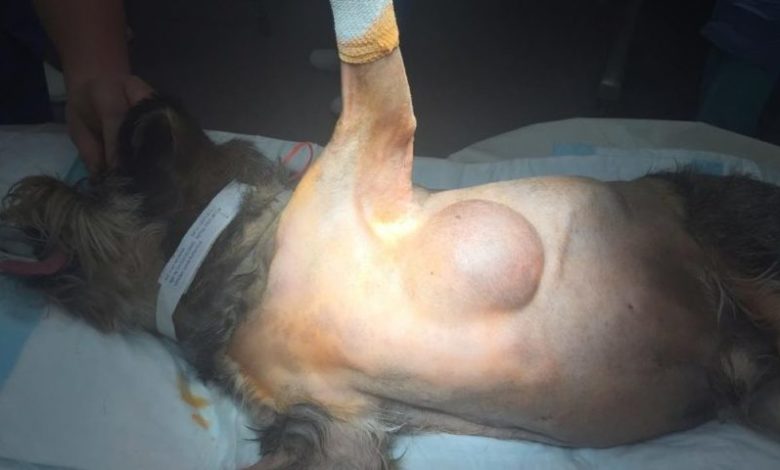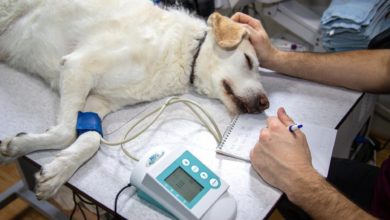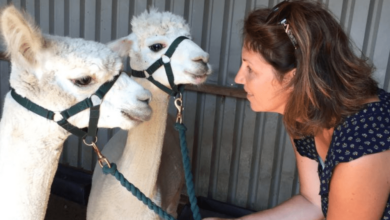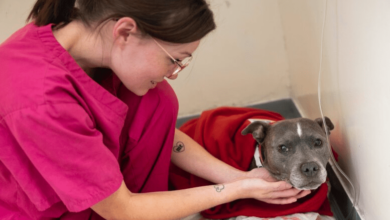RVC study discovers dog breeds most at risk of fatty lipomas

Springer Spaniels, Dobermann Pinscher, Weimaraners and Labrador Retrievers are the most susceptible to lipomas ( fatty masses or fatty lumps), according to the Royal Veterinary College (RVC).
The news comes as part of the findings from the world’s largest study of the lipoma tumours carried out by the RVC’s VetCompass Programme.
The results of this study will be used to help vets to identify which dogs are most at risk, assist with future breed health reforms, and prepare owners of predisposed breeds for dealing with this alarming condition.
These results show that lipomas are common in dogs: affecting one in 50 of all dogs each year. Their large size and rapid growth often cause extreme and long-term anxiety to owners of infected dogs.
Until now, veterinary research had largely ignored lipomas as the cases were rarely referred for specialist treatment and the majority of veterinary research relies on cases that are referred to specialist institutions. RVC’s VetCompass Programme conducted the research by collecting anonymised clinical data on dogs from first opinion practices. As a result, this study has been able to specifically analyse the frequency and associations of lipomas in the general populations of dogs in the UK.
The RVC’s study identified 2,765 lipoma cases from a population of 384,284 VetCompass dogs under primary veterinary care in the UK during 2013. Other key findings included:
- At least one lipoma was diagnosed in 1.94 percent of dogs during the single year of the study
- Individual dogs with an adult body weight that was equal or higher than their breed/sex average had 1.96 times the odds of lipoma.
- As dogs age, their odds of getting lipoma increase. Dogs aged between nine to 12 years were over 17 more likely to be diagnosed with lipoma compared to dogs aged three to six years old.
- Neutered dogs had higher risk.
- Insured dogs had 1.78 times the odds of diagnosis.
- Purebred dogs had 1.16 times the odds compared with crossbred dogs.
Dr Dan O’Neill, RVC veterinary epidemiologist and Vet Compass researcher, said: “Lipomas in dogs are a common and scary diagnosis for owners to hear but yet, to date, there has been very little solid evidence on which dogs are at high risk. Evidence from thousands of dogs in VetCompass is finally helping owners to understand the risks of diseases such as lipoma and therefore reduce the sense of ‘fear of the unknown’ when their dog gets such a diagnosis.
“These results also suggest strong association between obesity and lipomas which can help in prevention in high risk breeds.”
Dr Lynda Rutherford, clinician and lecturer in small animal surgery at the RVC, added: “This paper has supported the theory that lipomas are more common in older, overweight dogs. This information is useful as can be discussed with owners and used as another reason to keep pet dog’s weight under control. It also provides a useful insight into how common lipomas are within the UK dog population.”













